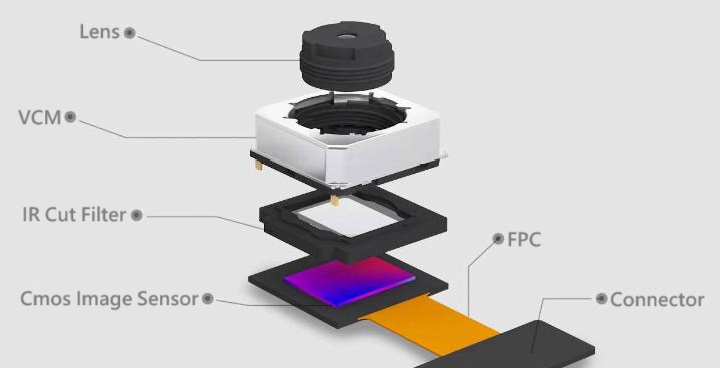
Driven by the rapid growth of smart devices, automotive electronics, and security surveillance, camera lens modules (CCM) are evolving toward higher resolution, miniaturization, and greater reliability. A CCM consists of multiple precision components, including lenses, barrel, image sensor (CMOS/CCD), actuator (VCM/OIS), FPC/PCB, and housing. Even slight geometric misalignment, warpage, or organic volatile contamination can lead to issues such as focus shift, reduced MTF, ghosting, and fogging. Therefore, adhesive strategies that match process requirements have become critical to ensuring both optical performance and production quality.
| Application Area | Functional Requirements |
| Barrel lock | Fixing the lens to the lens barrel to prevent focal length shift that could cause defects. |
| Lens bonding | The adhesive must meet specific viscosity and thixotropy requirements to avoid flowing into gaps during curing. |
| Lens bonding to barrel | Fast curing, impact resistance, high temperature and humidity resistance, high reliability, and high thixotropy are required to minimize liquid migration. |
| IR filter fixation | Fixing the IR filter to the lens base, with a bonding width of about 0.2~0.3mm. Dual-curing adhesives (UV + thermal cure) are commonly used. |
| VCM packaging | A wide range of bonding applications, including coil-to-bracket fixation, magnet fixation, and spring-to-electronic component fixation. Low-temperature curing adhesives are typically used. Conductive silver adhesives are often applied for voice coil motor (VCM) and spring connections, as well as VCM terminal bonding. |
| Sensor-to-substrate bonding | Large sensing chips require low warpage, high reliability, and are generally bonded using low-temperature heat-cured adhesives. Underfill is required to enhance chip reliability. |
| FPC reinforced fixture | Reinforcement with UV adhesives, combined with metal housing, improves sealing and current conductivity. |
| Lens holder/bracket | For Fixed-focus cameras: generally bonded with low-temperature thermal-cured adhesives. For Auto-focus cameras: typically use dual-curing adhesives (UV + thermal cure), suitable for active alignment (AA) processes. |
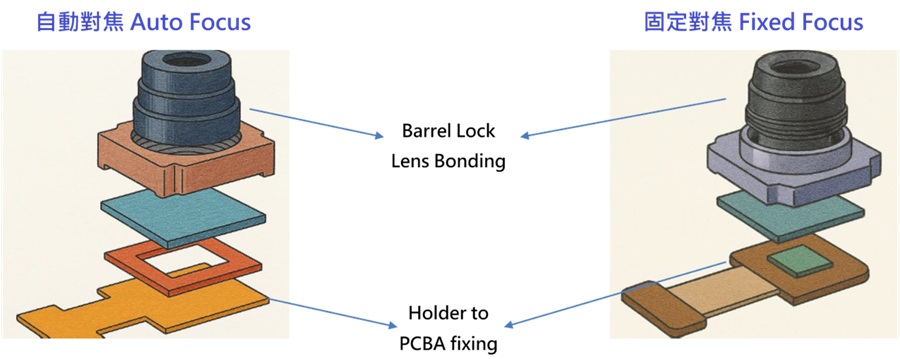
1. Holder to PCBA Fixing (Suitable adhesives: MT202A, MT203A)
| ① Dispense | ② Lamination | ③ UV Curing | ④ Thermal Curing |
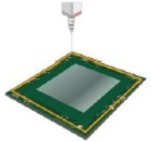 | 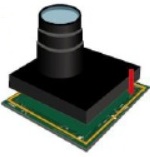 | 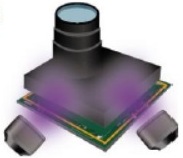 | 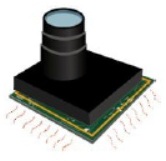 |

As mentioned above, lens module applications are evolving rapidly, especially in consumer electronics, mobile phones, automotive systems (ADAS, surround view, dashcams), security, and industrial cameras. In the adhesive application process, Tech Seed provides cross-industry solutions and services, covering adhesive selection, dispensing design, curing strategies, as well as verification of reliability, compatibility, and even cleanliness requirements. (Source: TearYear - Specialty Chemicals Business Unit).
Need more information? Contact us now!